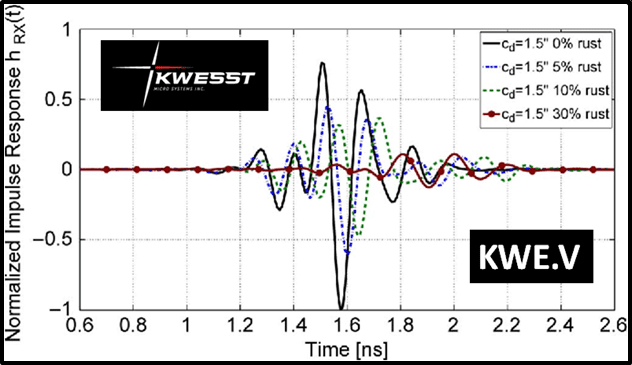On December 30, 2020 Kwesst (KWE.V) announced that it has been granted a second U.S. patent covering KWESST’s “Phantom” electronic decoy system.
KWE has a diversified product line, based on a single core technology, called Micro Integrated Sensor Systems Technology (MISST), which involves miniaturized sensors, optics, ballistics and software.
Its products include:
- Tactical Awareness and Situational Control System
- Drone Threat & Counter Solution
- Tactical Laser Defeat System
- Shot Counter
- Electronic Decoys
Kwesst has a hot shot financial and tech team, and it already has customers.
“Kwesst completed the second phase of three contracted deliverables to a United States military customer involving the company’s tactical awareness and situational control system (TASCS) and its integrated fire module (IFM),” reports Equity Guru’s Joseph Morton on October 28, 2020.
Kwesst operates on the geeky “let’s-save-lives” end of the military sector.
This is a good place to be.
In the old days, military leaders like Alexander the Great, Genghis Khan, Hannibal, Patton and Saladin would lead their soldiers into war – often perishing in the process.
Those days are gone. Generals are tech-savvy tacticians who push buttons often in different continents then the actual theatre of war.
In a democracy, having young men and women return home in body-bags is politically undesirable. Military emphasis has shifted from “winning wars” to “minimising bloodshed.”
This is Kwesst’s niche.

Phantom is the electronic decoy KWESST is bringing to market in 2021 in response to specific military interest in a next-generation system that is ultra-miniaturized for expedient deployment in theaters of operation by ground personnel or on Unmanned Aerial Vehicles.
Phantom mimics all relevant NATO military electronic signal emissions in order to deceive adversaries attempting to locate them based on those waveforms.
Key Electronic Decoy Features:
- Deflects, masks friendly force Electro Magnetic (EM) signature with numerous false phantom signatures
- Spoofs adversaries to draw them out, slow their targeting of friendly forces, and commit and waste assets on phantom targets
- Authentic emulation of voice, video, data and text signatures of NATO forces.
- Addresses next-generation NATO requirements.
- Simultaneous waveform generation across all communications systems

KWESST’s first electronic decoy patent covering fifteen claims for a programmable multi-waveform radiofrequency generator capable of broadcasting and emulating all relevant military waveforms to create electronic battlefield decoys that deceive adversaries regarding the location of NATO friendly forces.
“Military communications, particularly radios and unmanned system radios, continue to be driven towards wider bandwidth, reduced size, weight and power (SWaP) and more dynamic access to the available spectrum,” states Microwave Journal, “However, a key component that must also be enhanced, to maximize operational effectiveness, is communication security.”
In this context, “communication security” means two things: 1. The enemy can not hear what you are saying. 2. The enemy can not detect your location.
Kwesst’s second patent covers eleven additional claims for a programmable multi-waveform radio frequency generator plus associated tactics, techniques and procedures for deploying the Phantom system.
“This second patent allowance with its set of additional claims substantially enlarges the intellectual property portfolio of the Phantom electronic decoy technology,” stated Jeff MacLeod, Founder, President and CEO of KWESST.
“Requirements for such a “phantom” capability are now appearing in NATO solicitations for future land Electronic Warfare (EW) systems,” states, KWE, “driven by contemporary experience in contested areas where forces have been located and destroyed at scale.”
Kwesst cites the publicly reported example of a 2016 incident “where two full Ukrainian mechanized battalions were annihilated by Russian adversaries in three minutes with precision mass fire after locating them based on their electronic signal emissions”.
Electronic decoys are not KWE’s only iron in the fire.
“In late October, Kwesst received a lucrative government contract with a U.S. military customer involving the company’s tactical awareness and situational control system (TASCS) and its integrated fire module (IFM),” reported Equity Guru’s Joseph Morton.
This $1.1 million is a precursor to wider adoption.
“The contract is for application of the TASCS IFM system on their 81mm mortar platform, which would increase accuracy and faster response times, and make it in common tech parlance, a “SMART” weapon,” added Morton.
Kwesst’s aggressive campaign towards commercialisation has not gone unnoticed.

KWE believes the addressable market for the Phantom electronic decoy could be $500 million CAD in the U.S. alone, and potentially $500 million for other NATO countries and their allies.
- Lukas Kane
Full Disclosure: Kwesst is an Equity Guru marketing client.


Leave a Reply